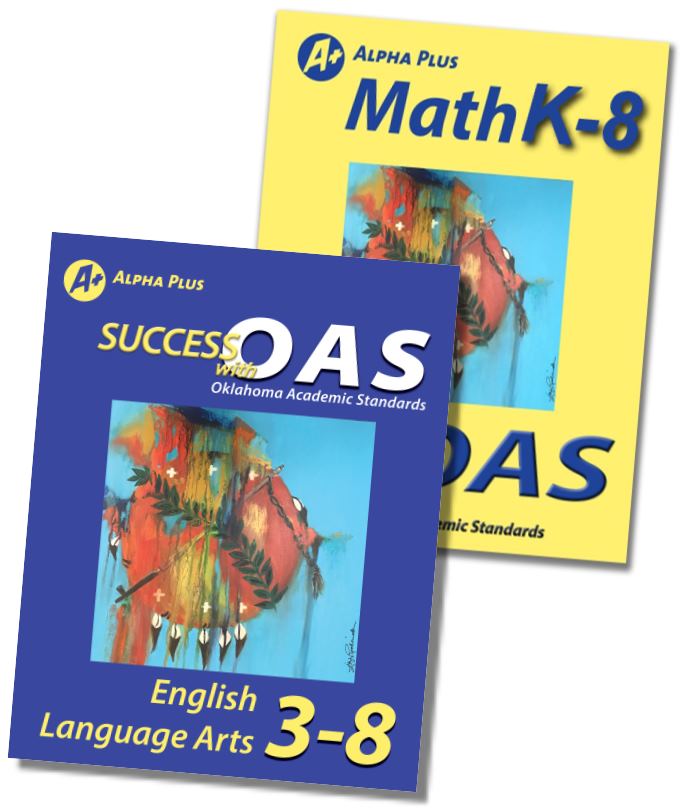How teachers address learning loss with Alpha Plus tools
Whether because of the COVID-19 pandemic, other medical issues, ice storms or summer vacation, identifying learning gaps is a challenge all educators face. Teachers and parents need reliable, current data to pinpoint the  knowledge and skills students need to learn each school year.
knowledge and skills students need to learn each school year.
While more challenging these days, meeting each student where they are academically and helping them grow to their potential is what just what Oklahoma teachers do.
“The essential workers in our schools inspire us to continue developing tools that help more students reach grade-level expectations – no matter the challenges – since 1992,” explains Jan Barrick, Alpha Plus CEO. [Meet some Alpha Plus Heroes here.]
“Oklahomans will get through the pandemic together, and Alpha Plus will continue helping teachers improve student success.”
(Click on images below to see an enlargement.)
The Alpha Plus “Way to an A” Model of School Improvement:
- the only benchmark aligned to the Oklahoma Academic Standards and assessments for actionable measures of learning loss
- focuses time and energy on state ELA and math standards during the “100 Days of Mastery” (Labor Day to Spring Break)
- helps educators learn to use the power of vertical alignment to “drop down in the standards” when learning gaps are identified
Here is how teachers using the Alpha Plus Model identify and address learning gaps:
- Each fall, Grade 3-8 educators evaluate available state-test data then administer the Alpha Plus baseline benchmark to analyze summer learning loss.
For details on preparing for and teaching to mastery: https://alphaplus.org/educational-systems/how-it-works/the-model-teach
- Alpha Plus Online’s Classroom List Report presents student proficiency data by OAS Objective; The Summative Test Log populates baseline scores.
- Based on this data, teachers adjust their Pacing Calendars to order their teacher objectives and to help students reach proficiency.
- Alpha Plus Online’s Classroom List Report presents student proficiency data by OAS Objective; The Summative Test Log populates baseline scores.
- From Sept. to March, teachers use Success with OAS ELA and math curriculum in print or digital lessons to ensure OAS Objectives are taught.
After each lesson is completed, an aligned formative quiz is administered to check student mastery and direct intervention.
For details about interim assessments, see: https://alphaplus.org/educational-systems/free-resources/pd-resources-assess-2
- From mid-November to early January, teachers administer a midyear benchmark to evaluate growth and determine OAS Objectives mastered so lesson plans may be adjusted for second semester.
Midyear is also when most first- and second-grade teachers administer summative assessments (on paper or online) to benchmark performance in reading and math. These assessments are repeated in May as an end-of-instruction measure of growth.
- Late February to early March, third- through eighth-grade teachers administer the spring benchmark to coordinate final remediation before the state tests.
- Midyear and spring benchmarks also provide opportunities to teach Alpha Plus test-taking strategies and for students on IEPs to practice accommodations.
- The baseline and spring assessments are the same in order to provide a true-growth measure. In the continuous improvement cycle, this data is part of evaluating changes that may be indicated for the next school year.
- Midyear and spring benchmarks also provide opportunities to teach Alpha Plus test-taking strategies and for students on IEPs to practice accommodations.
Alpha Plus provides a true growth model: Same assessment, same students, same teacher.
Need help? Click here.
https://alphaplus.org/educational-systems/home/contact-alpha-plus




Follow